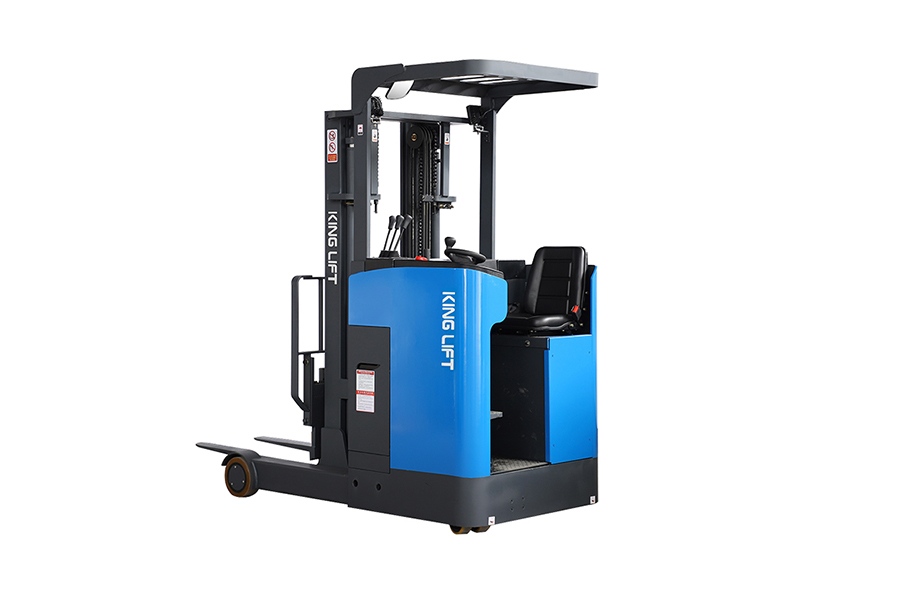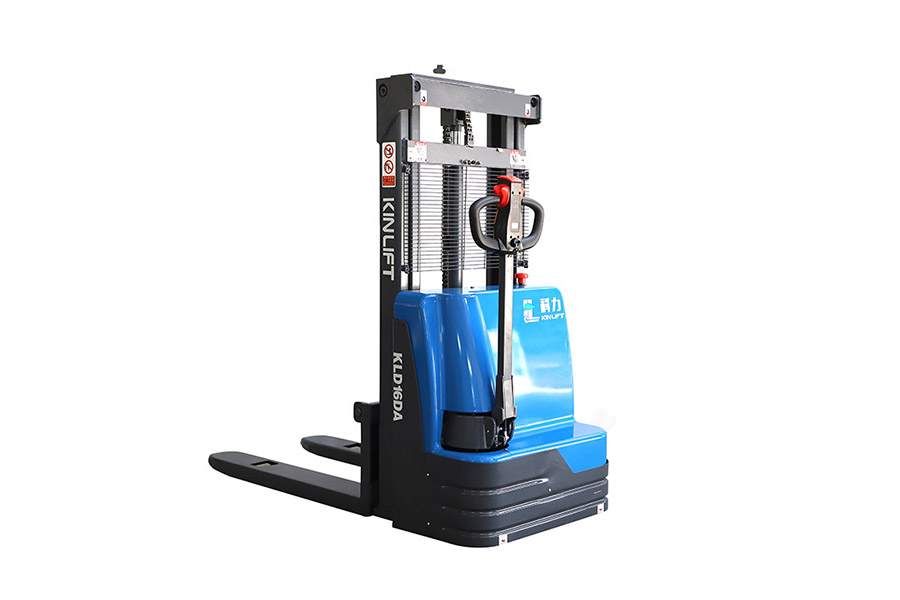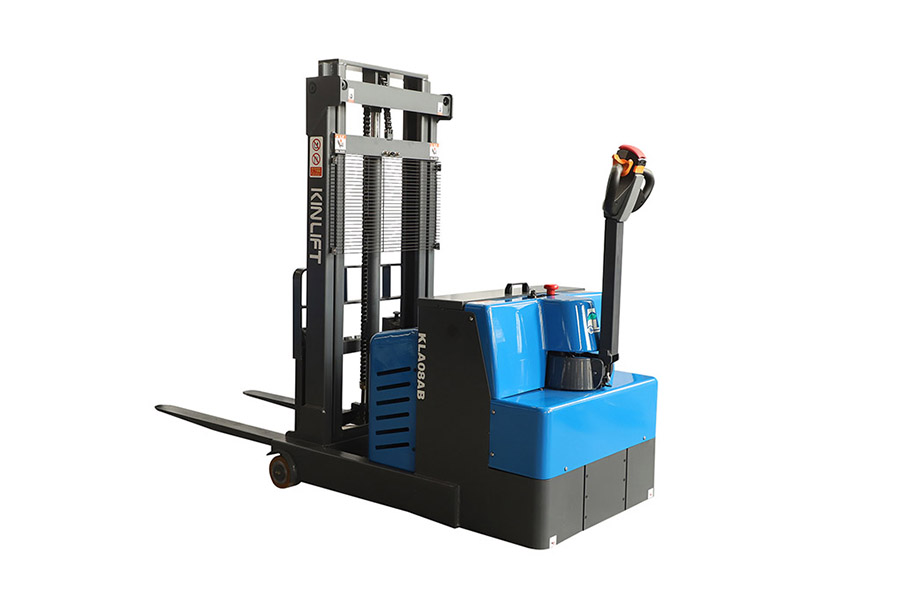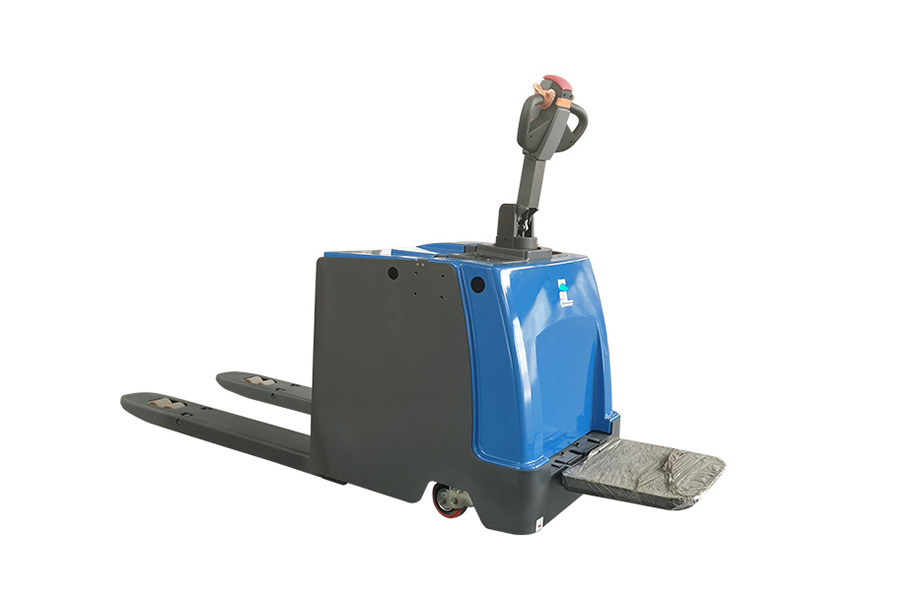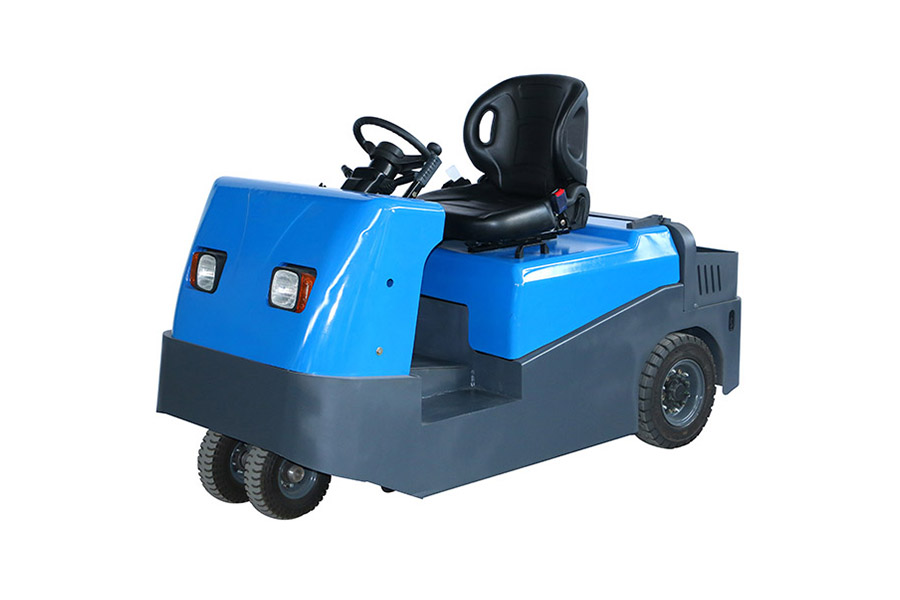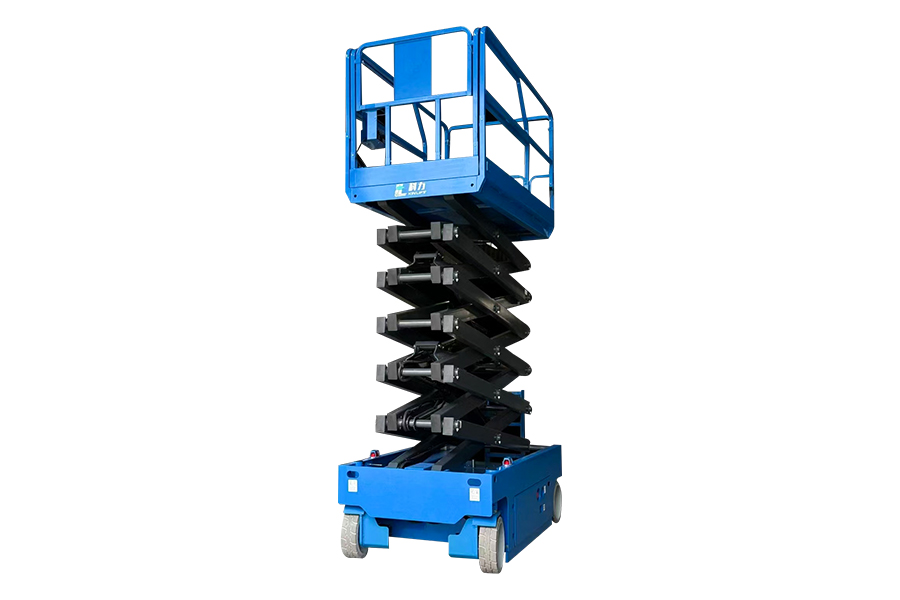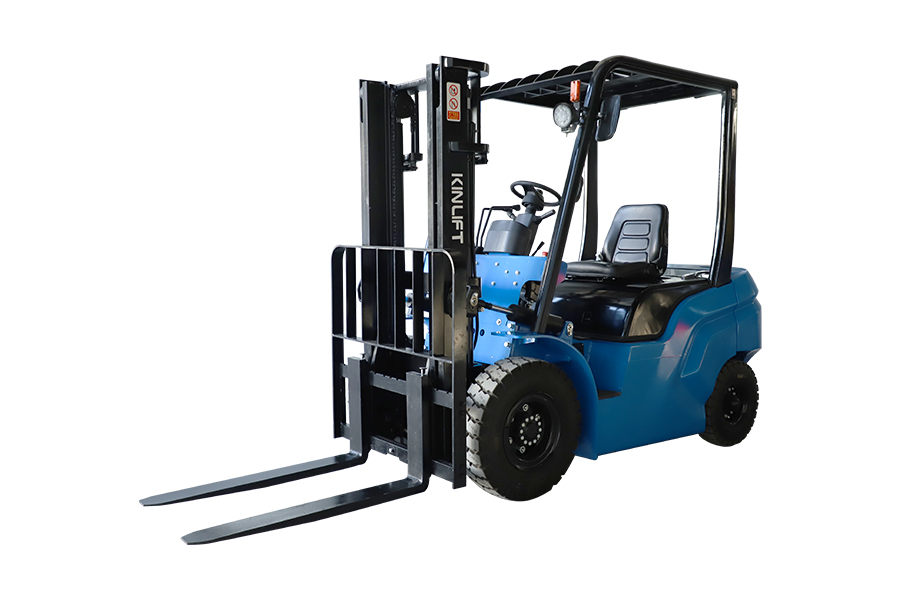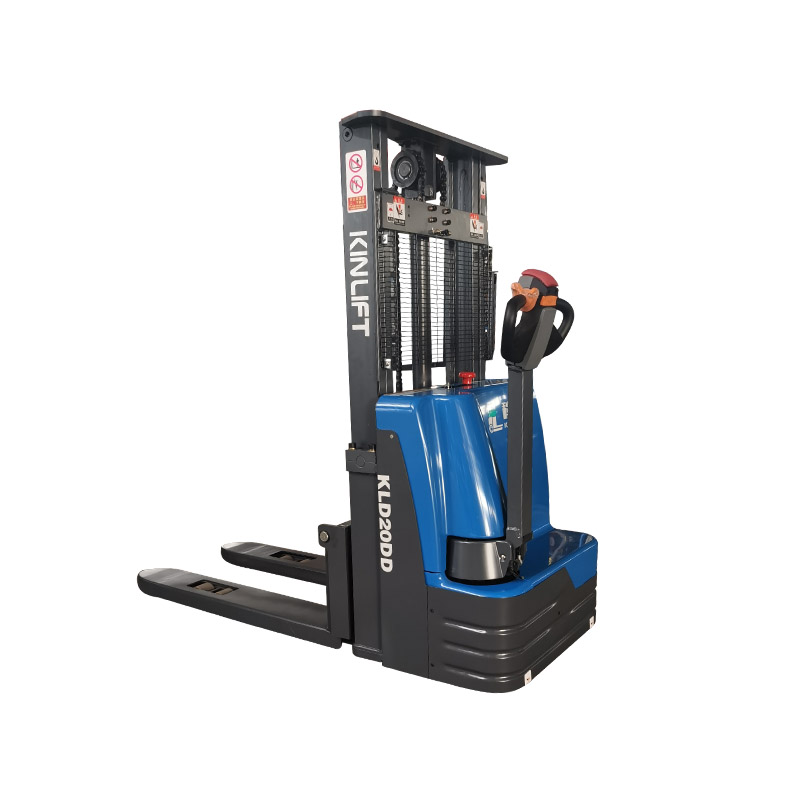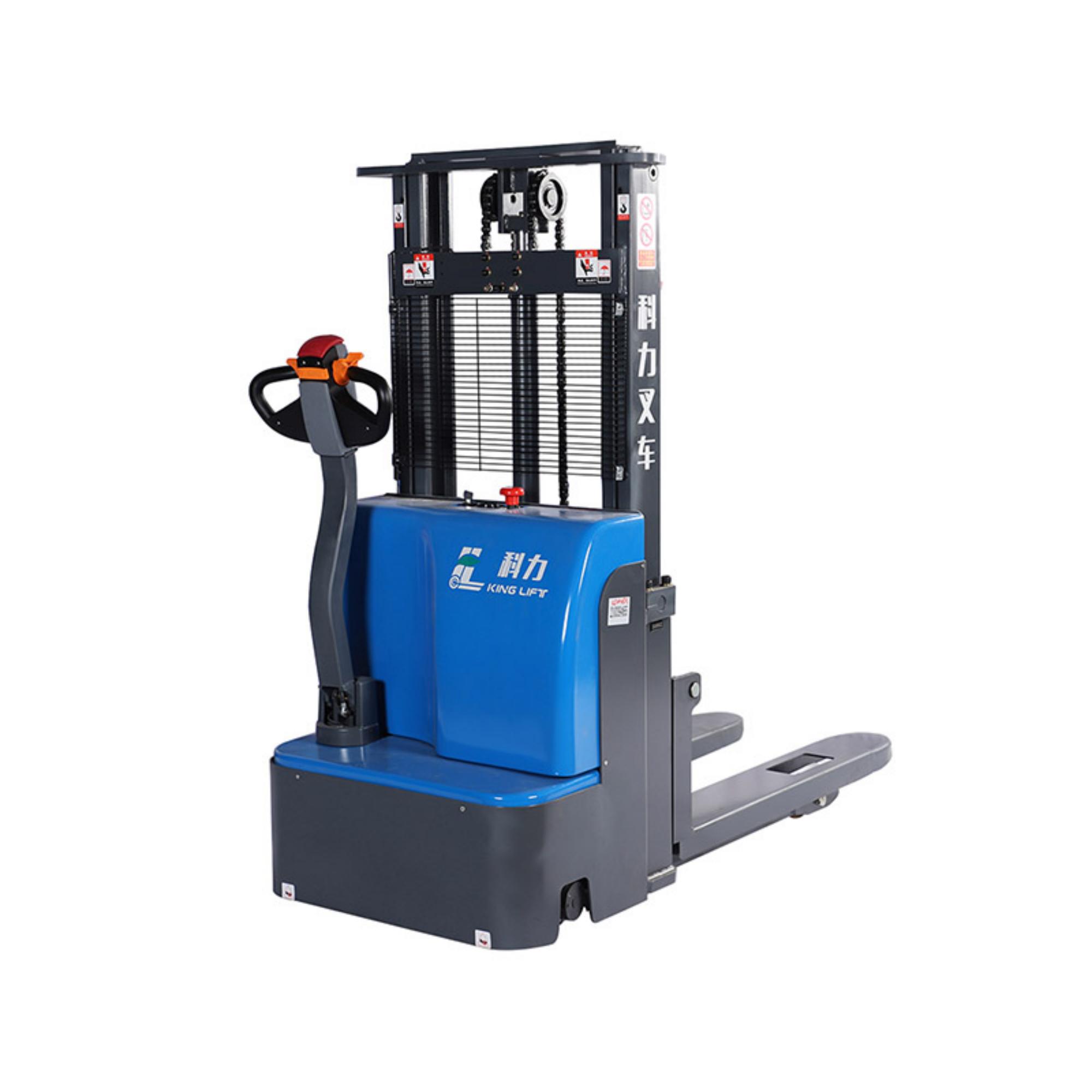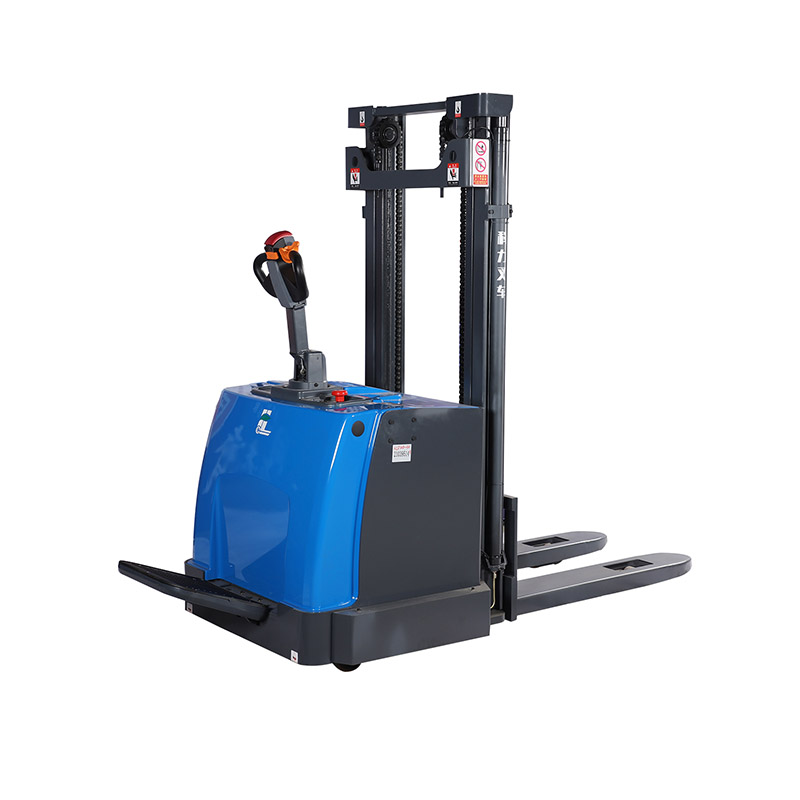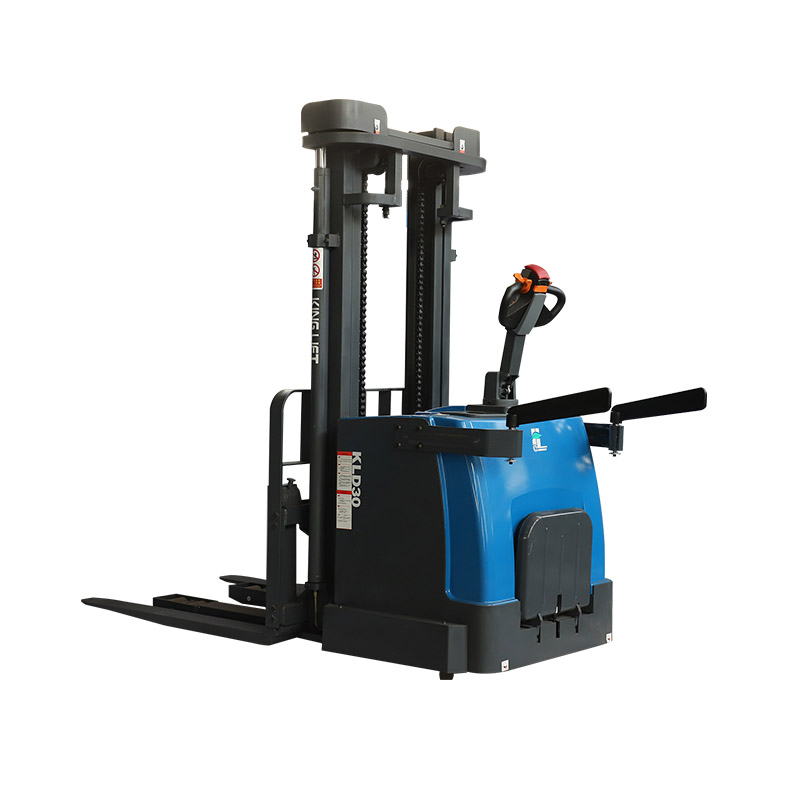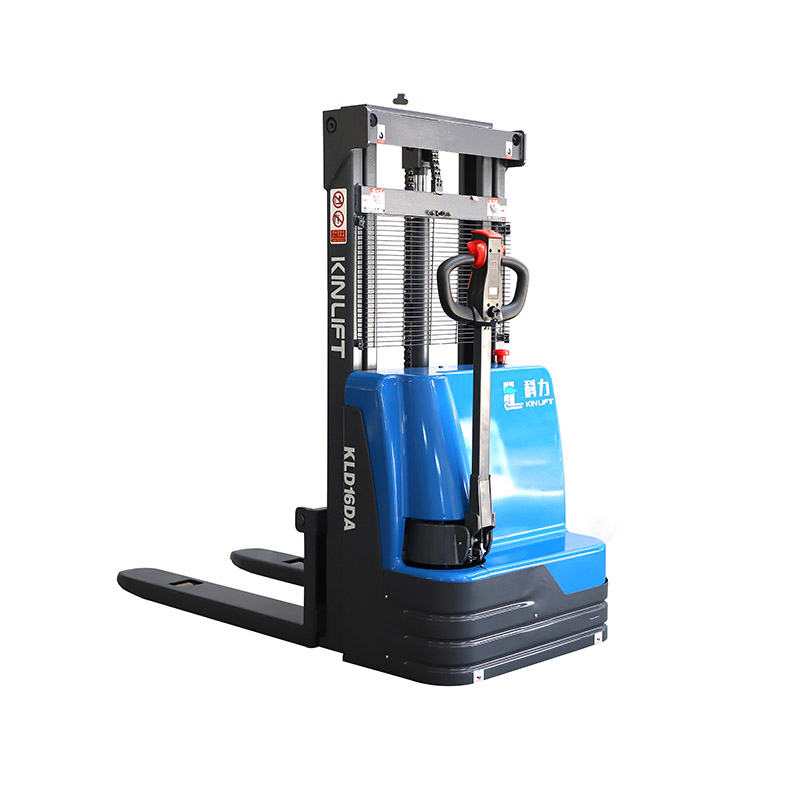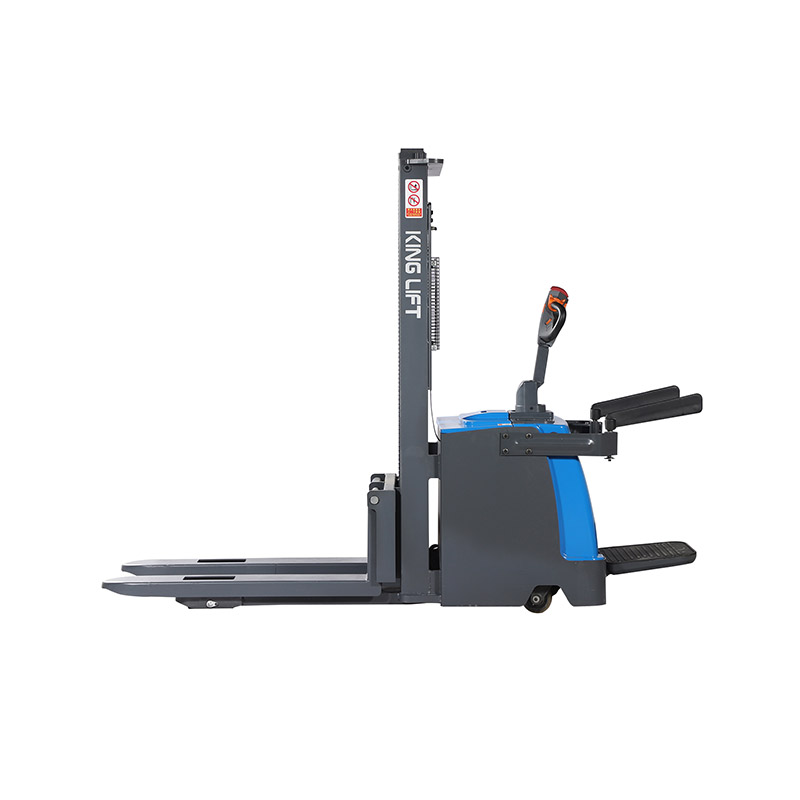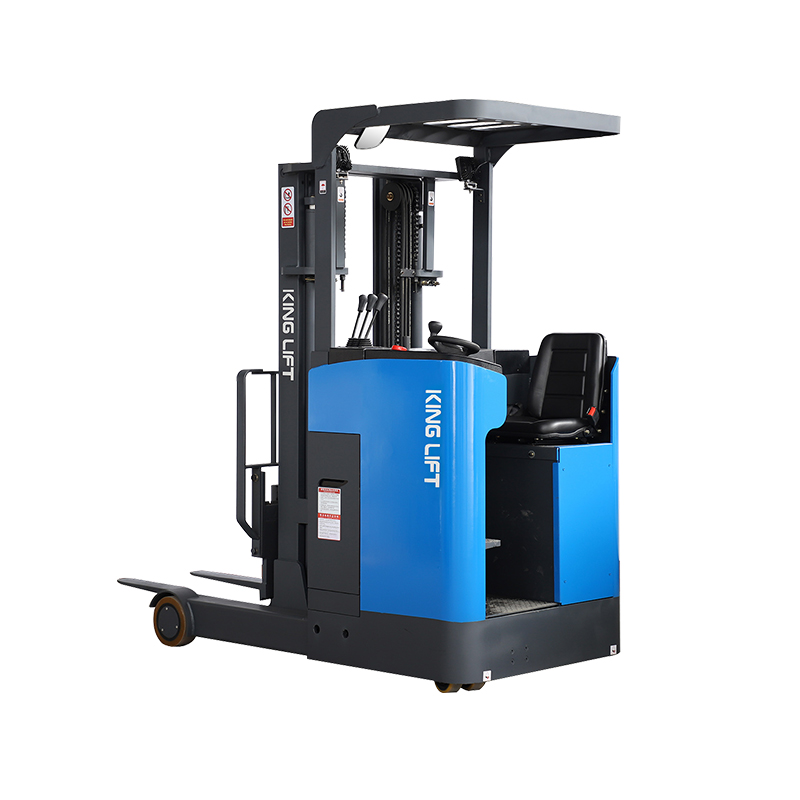In the process of the transformation of the warehousing and logistics industry to intelligence and efficiency, the performance of material handling equipment directly affects the operating efficiency and space utilization. With its core advantage of operational flexibility, sit-down electric reach forklift stands out among many handling equipment and becomes a key equipment in the modern warehousing and logistics system.
Compact design breaks the limitation of working space
The space optimization ability of sit-down electric reach forklift comes from its unique design of front and back movement of the mast or fork frame. When performing cargo handling tasks between shelves, the mast of the forklift can be flexibly extended to the outside of the front wheel, and the cargo can be accurately forked and then retracted into the support range of the vehicle body. This action significantly reduces the turning radius of the vehicle, allowing the forklift to shuttle freely in narrow passages. Compared with traditional forklifts, sit-down electric reach forklift does not need to reserve too much turning space, which greatly improves the utilization rate of warehouse space and makes the warehouse layout more compact and reasonable. Whether it is a dense shelf warehouse or an old storage space with a complex layout, this forklift can fully tap the potential of space and achieve efficient operation in a limited space.
All-round performance in multi-field operations
With its flexibility, the sit-down electric reach forklift can adapt to various operating scenarios in the warehousing and logistics industry. In e-commerce logistics warehouses, facing the high-frequency and multi-category cargo throughput needs, it can quickly respond to the handling instructions of different cargo positions, efficiently complete cargo loading and unloading and stacking tasks, and effectively improve the logistics turnover speed. In the manufacturing workshop, the material distribution on the production line requires accurate and timely. With its flexible control performance, the forklift can flexibly go back and forth between the equipment and the material stacking area to ensure the continuity of the production process. Even in cold chain warehousing with strict requirements on space and environment, its compact body and advanced steering system can ensure safe and stable operation in low-temperature and narrow passages, meeting the special needs of cold chain logistics for efficient and precise handling. From normal temperature warehouses to cold chain environments, from e-commerce sorting to manufacturing distribution, the sit-down electric reach forklift demonstrates strong scene adaptation capabilities.
Human-machine collaboration improves work efficiency
In actual operation, the driver can deeply feel the significant advantages of sit-down electric reach forklift in the control experience. Its steering system adopts advanced technologies such as electronic power steering, making the steering operation light and smooth. The driver can easily control the forklift to turn and turn in complex environments, and accurately park the cargo storage position, effectively reducing the difficulty of operation and labor intensity. The intelligent control system equipped with high-end models can achieve precise control of the forklift's driving speed, mast lifting and rearward movement. Through the human-machine interaction interface, the driver can intuitively and conveniently adjust the forklift parameters to achieve refined operations. This highly coordinated human-machine operation mode improves work efficiency, reduces cargo damage and safety hazards caused by operational errors, and creates higher operational value for enterprises. Sit-down electric reach forklift relies on innovation in space utilization, adaptation to various scenarios, and optimization of operating experience, with operational flexibility as its core competitiveness, providing solid guarantees for enterprises to achieve efficient logistics operations.


 English
English русский
русский